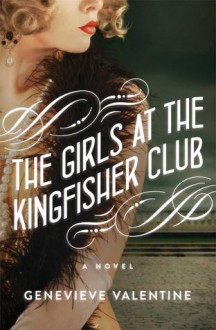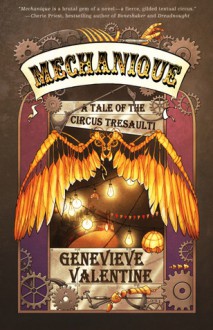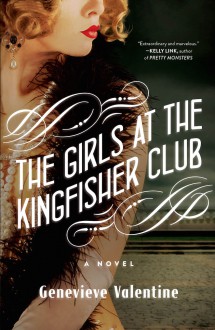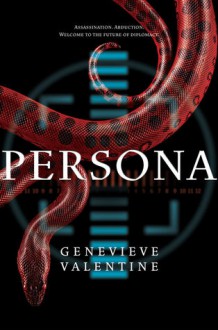
This review can also be found at Carole's Random Life in Books.
I did like this book. I have had a review copy of this book for a very long time and I have to admit that I didn't remember a whole lot about what the book was about when I got started with it. I now realize that this book is a retelling of the Twelve Dancing Princesses. I have a small confession to make...I don't know a lot of fairytales well. I pretty much know what Disney has covered. I was discussing this book with my teenage daughter after I finished it and was reminded that we once had the Barbie version of the story. So I can't really make any comparisons to the original story but I thought it was enjoyable on its own.
Jo is the oldest of twelve girls. She lives in the attic along with her sisters. Her mother is gone but she rarely saw her anyway. Jo is the one who really takes care of her sisters and also deals with their father's demands. The girls have one bright spot in their lives and that is dancing. Once the house goes quiet, they sneak out to dance at the local clubs. They know all of the dances and are quite popular with the gentlemen looking for a partner.
I liked Jo and respected her dedication to her sisters. Some of her sisters didn't even realize how much she gave up for them. I also really liked the second oldest sister, Lou. I loved the relationship between Lou and Jo and thought that they really worked well as a team. I must say that I had a really difficult time keeping a lot of the sisters straight and felt that they just kind of blended together. There were a couple of other characters that stood out in the story, like Tom, but I do wish that I would have had a better feel for all of the sister's personalities.
I chose to listen to this story and thought that Susie Berneis did a great job with the story. I think that she handled the character voices very well and the dialogue in the story flowed well. I think that she was able to add excitement to the story as well. I found her voice to be very pleasant and easy to listen to for hours at a time.
I would recommend this book to others. I think that readers who enjoy retellings or books set in the Jazz Age will enjoy this story. I wouldn't hesitate to read more of Genevieve Valentine's work.
I received a digital review copy of this book from Atria Books via NetGalley and borrowed a copy of the audiobook from my local library.
Initial Thoughts
This is probably closer to a 3.5 star read for me. This is a retelling of the Twelve Dancing Princesses and I enjoyed this story despite not really knowing anything about the original. Jo was a great character and there were a few others within the group of sisters that really stood out but at times the group could be a bit overwhelming to try to keep straight. Once the story really got moving, I started enjoying it quite a bit more than I had in the earlier sections. I decided to listen to the audio and I thought that the narrator did a fantastic job with this story.

 Log in with Facebook
Log in with Facebook 











